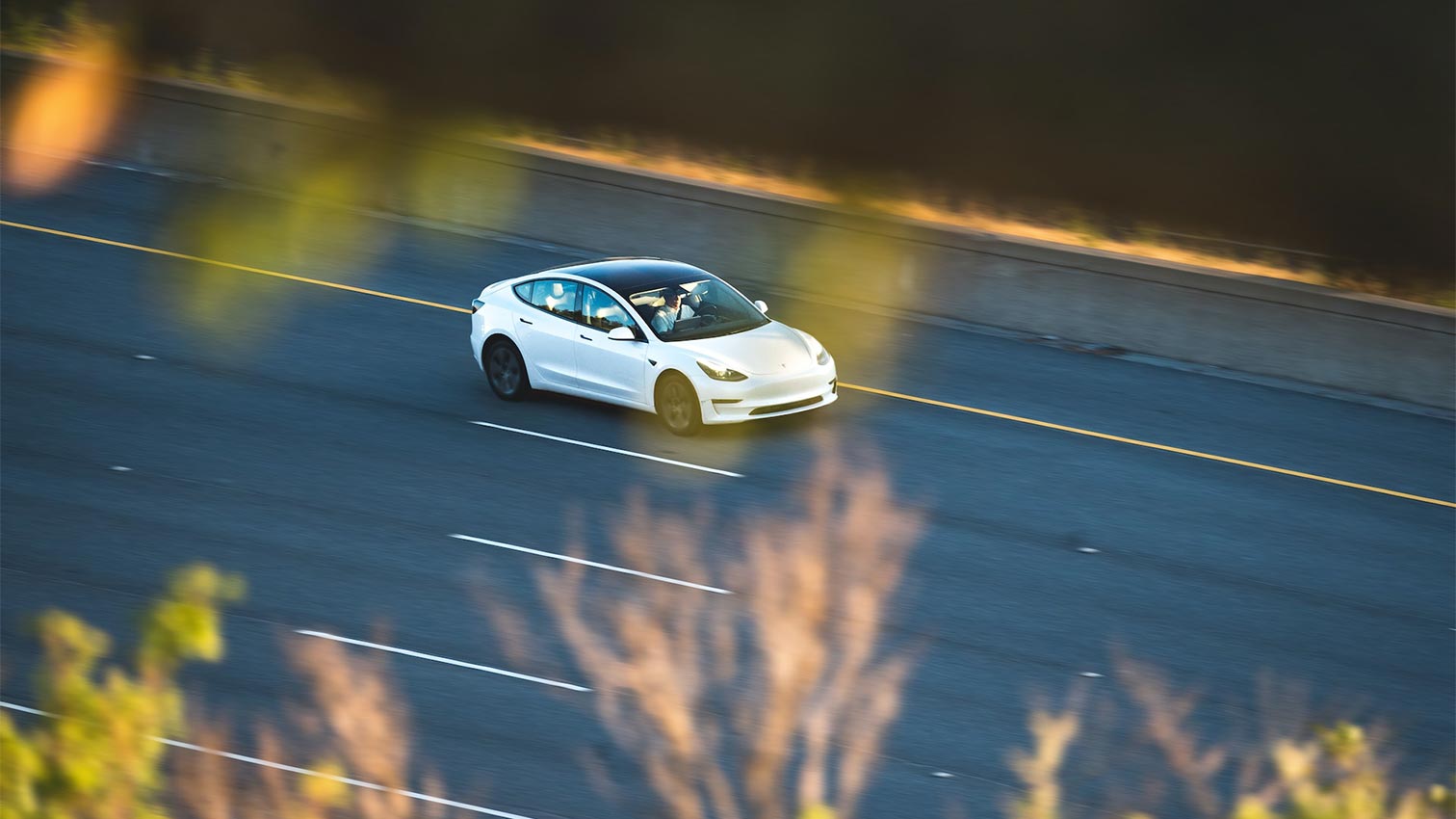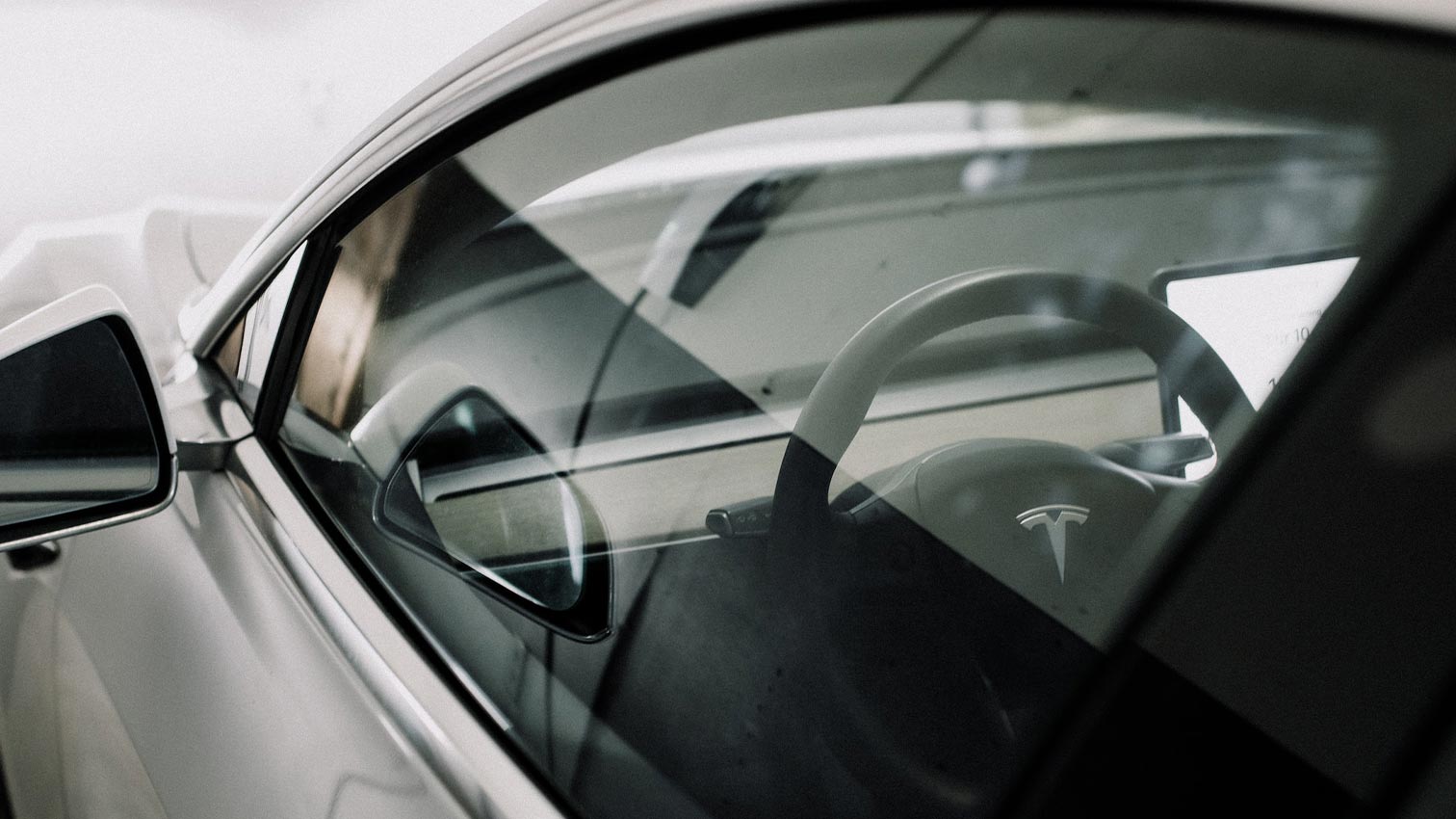If you are traveling and want to recharge the battery of your electric car as quickly as possible, you need a high charging capacity. However, this must not only be supplied by the charging station, but also be processed by the vehicle.
Luckily, at Tesla, both the charging station and the Supercharger as well as the vehicles themselves are potent in this respect. Nevertheless, there are of course differences between the individual models in Tesla charging performance.
We explain which model can charge how quickly and also look at the Tesla Model 3 charging capacity and the Tesla Model Y charging capacity.
Tesla Model 3 maximum charging capacity
As the cheapest Tesla, does the Tesla Model 3 have to take a back seat when it comes to charging power? Not necessarily. However, the maximum Tesla Supercharger charging capacity depends largely on the variant selected. Incidentally, all Model 3s charge at 11 kW on the domestic AC charger, and the data may also deviate from the
stations mentioned hereTesla Model 3 Standard Range Plus charging power
The "Standard Range Plus" variant, now better known as the "basic" variant, charges comparatively slowly with a maximum of 170 kW, but also has the smallest battery. As is usual with electric cars, however, this value is not maintained over the entire charging time, but is rather to be understood as a peak value.Experiments show that the average charging power of the current Model 3 at 64 kW when charging from 20 to 80% battery level (SoC) is significantly lower than the maximum possible. Interestingly, the pre-facelift Model 3 SR+ from before 2021 seems to charge faster, said average value is 82 kW in the experiment. It will be interesting to see how the charging characteristics of the new Model 3 Highland present themselves.
Tesla Model 3 Long Range charging performance
Tesla is giving the Model 3 Long Range variant, which has a larger battery than the basic version, a higher maximum charging capacity. Up to 250 kW is possible, which requires one of the new V3 Superchargers. Once again, however,experiments show that this maximum value is only reached briefly at the start of the charging process and then drops.
After all, from 20 to 80% SoC this timeaverage values above 100 kW (2021: 106 kW, pre-2021: 113 kW) are achieved. The Pre-2021 model is therefore also better for the Long Range variant, as it lasts significantly longer at 250 kW.
Tesla Model 3 Performance charging power
Like the Long Range variant, the Model 3 Performance charges at the Supercharger with a maximum of 250 kW. Since the technology is also identical to the long-range version, it can be assumed that the charging behavior is also the same as the long-range version.
Tesla Model Y maximum charging capacity
The Tesla Model Y shares many parts with its "little brother", the Model 3, so it is not surprising that the charging specifications are also the same - including the discrepancy between the models. The Tesla Model Y AC charging power, i.e. the power at an AC charging station, is again limited to 11 kW for all variants.
Tesla Y charging power: The basic model
As with the Tesla Model 3, the basic version of the Model Y is limited to a maximum charging capacity of 170 kW. However, as several usersreport , the charging curve is much more stable than with the more powerful "Long Range" and "Performance" siblings.
This is probably also due to the LFP batteries installed in the base model, which enable high charging capacities even with a high SoC and which can always be charged to 100% SoC withoutdanger . The US car manufacturer is increasingly installing these LFP batteries in its "Standard Range" versions, including more and more often in the Model 3.
Tesla Model Y Long Range charging power and performance charging power
The full 250 kW delivered by a V3 Supercharger can be obtained again with the Model Y Long Range and Performance. At least in theory, because this maximum value is again only reached rarely and then only briefly. In theADAC test , a peak of only 191.5 kW was achieved, with an average of 122.7 kW. This is significantly less than the maximum output specified by Tesla, but still enough for a fast charging experience.
Tesla Model S/X maximum charging capacity
The Tesla Model S charging power across the different variants reads like a reflection of battery development over the last decade. From 118 kW (S 60) to 250 kW (current Tesla Model S Plaid charging capacity), everything is included.
Tests show that the current Model S knows how to handle the 250 kW much better than the Model 3 LR or Model Y LR: The maximum value is maintained by approx. 10 to 30% SoC, even at 90% SoC there is still 50 kW of power available. The average value of 20 to 80% SoC is 130 kW, which makes Tesla's claim that you can charge 300 kilometers of range in 15 minutes seem quite realistic.
The Tesla Model X charging capacity today is also 250 kW, but older models (before 2021) have to make do with less (up to 190 kW). Since the charging electronics of the X differ only slightly from those of the Model S in the newer models, the actual performance at the charging station should be similar again.
When it comes to AC charging at domestic AC charging stations, Model S and X are better off than Model 3 and Y. Tesla allows 16.5 kW for its flagship models in this case.
By the way: Did you know that you can set the Tesla charging power yourself under certain circumstances? With the Juice Booster you can do just that - you can find it, along with all kinds of other practicalaccessories, at Teslabs.
Tesla charging performance: Conclusion
Depending on which Tesla model and which version you choose, you get between 170 and 250 kW (DC) or 11 and 16.5 kW (AC) charging power. These peak values are very good, especially in the direct current charging segment, but are sometimes even surpassed by other manufacturers.
The Supercharger network, which reliably supports such charging capacities across the board, continues to lead the industry. Ultimately, however, it must also be said that Tesla is so good in many other areas, such as efficiency, software and safety, that charging performance no longer needs to be a decisive selling point.
How is your experience at the Tesla charging station? We look forward to hearing about it in the comments!
Source contribution image:Priscilla Du Preez




